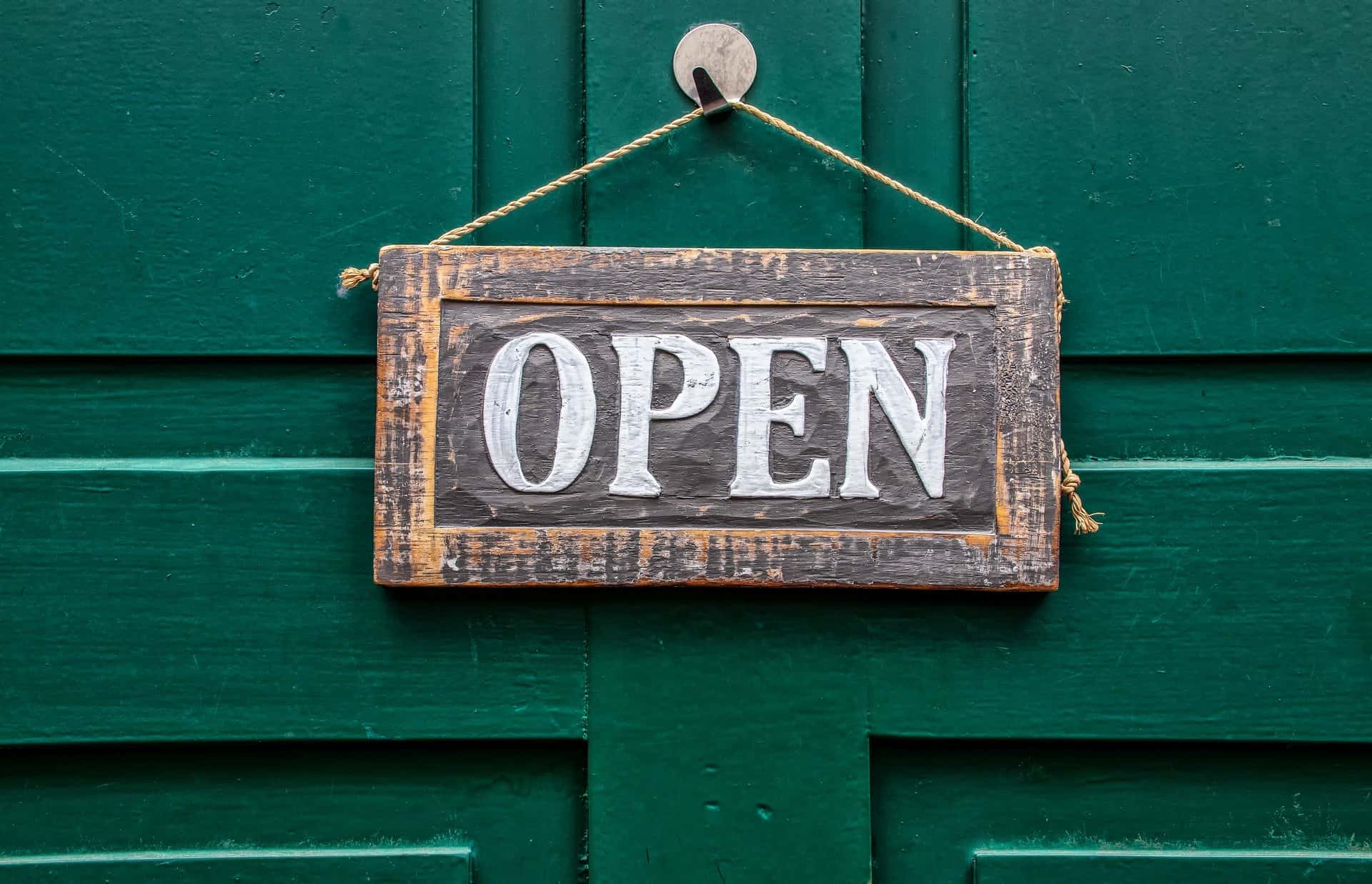The enforced closure of dental practices as a result of Covid-19 gave many practice owners an opportunity to either carry out some refurbishment while closed, or think about improvements that could be made to the property after re-opening.
The most obvious financial issue when looking into refurbishments is to find the best arrangement for financing of improvements (loans, finance leases, hire purchase, existing cash reserves). While these will have immediate implications on the business in terms of cash flow and overall interest cost, the means of financing does not have a big impact on future taxation.
This leads to a second, less obvious, financial issue related to refurbishments – taxation allowances on capital expenditure. This is a complex area, but can be summarised as follows.
Purchases of equipment (furniture, scanners, dental chairs etc.) class as capital expenditure for both accounts and taxation purposes. This means that the expenditure is not deducted from your profit in the accounts, but is reflected in the balance sheet.
However, HMRC give taxation relief for such capital expenditure in the form of capital allowances. The ‘Annual Investment Allowance’ (currently £1,000,000 per year) means that, in general, 100% of the cost of qualifying capital expenditure is deducted from profit before calculating tax. Clearly, therefore, capital expenditure can have a significant impact on your tax bill.
In refurbishing your practice, the key issue is what is classed as qualifying capital expenditure. While purchases of equipment clearly qualify, the situation can need a little more investigation when it comes to work on the building itself. Work that is structural (such as ceilings, walls, doors, mains services) counts as ‘buildings’ expenditure and does not qualify for capital allowances.
However, there is another category of expenditure which will frequently be carried out as part of a refurbishment, which HMRC call ‘integral features’. While this may look like building expenditure, it does actually qualify for capital allowances, because HMRC deem these items to be plant and machinery. Examples could be electrical and lighting systems or an air-conditioning system.
To be able to identify these ‘integral features’, and therefore claim the taxation relief, you will need a detailed breakdown of the work carried out in the refurbishment and the cost of each element. As your accounts are likely to be prepared some time after the work is carried out, it is important that you ask your contractors for this information at the time they are giving you quotes and invoices, as it may be harder to obtain retrospectively, and you could be missing out on tax savings.
If you are carrying out a refurbishment, or thinking of doing so, please contact us for more information.









